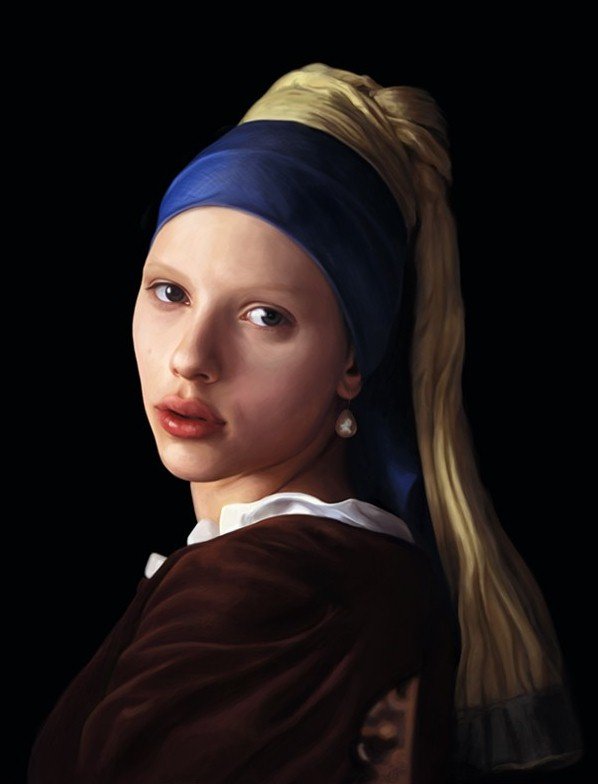- Messages
- 12,734
- Location
- Northern California
On this rainy Sunday afternoon, it’s Gilda on TCM. I‘v seen this movie so many times but it has Rita Hayworth and Glenn Ford and it’s pretty entertaining so why not?


Indeed, and Vermeer's mother in law hit the absolute right pitch.Oh, Girl With A Pearl Earring (2003) is a wonderful film. - you didn't mention the great Tom Wilkinson with the smarm turned up to 11 as Vermeer's creepy patron, or Essie Davis as Vermeer's fragile, difficult wife. Great score by Alexandre Desplat too.
The contrived twist of “Mutt,” being the long-lost illegitimate son of Indiana Jones, brilliantly played by Shia LaBeouf, along with photo shots of Sean Connery, did make wonder if there was more mileage in the Indiana Jones character, albeit with a new actor. Connery being the first of many James Bond, double-o-seven. Could it be that following Henry Jones the first, the second, now the third, there's possibility of Indiana Jones with a credible way of changing actors? But it's fifteen years since Crystal Skull so perhaps not.^ See the new Jones?
I liked it but Waller-Bridges a bit much and Harrison Ford's aged persona not quite on the square.
Always good to see the swashbuckler boy and man.
A word on Bond. Craig's last I deliberately chose to ignore because of franchise rot; otherwise called correct.Connery being the first of many James Bond, double-o-seven.